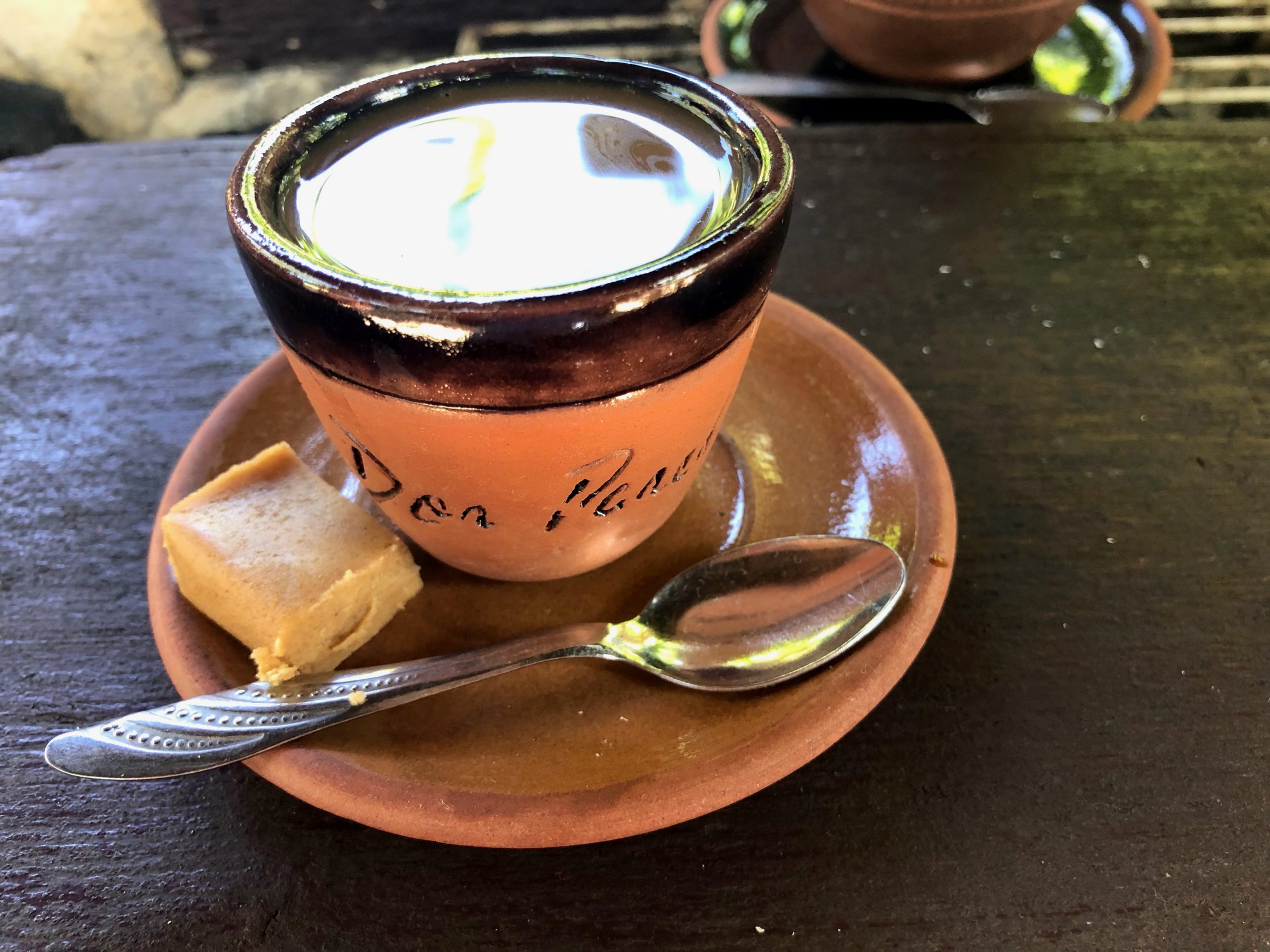





Poke Tacos Monkeypod

Tomato Tart - Jose Andres

LuLu Dog treats

Soup Alexis Alvarez Armas

Cafe Cubano

Riva @ Gritti Palace













A few weeks ago I shared a post telling about the mysteries going on in the hive I call Queen Charlotte at the Greensboro Science Center. The hive was weak, few bees, no brood, and no sign of a queen bee. If you read the previous post you’ll recall there were multiple queen cells and before that inspection was over I’d seen several queens buzzing in and about the hive. Knowing that only one queen can reign I’d closed up the hive and crossed my fingers for the one that survived to be strong and help bring the hive back to normal. One week later I went back to check and still no signs of a queen.
I was sad as I assessed the situation but knew that there was still a chance that there was a queen who’d not made herself visible on this day and she hadn’t begun to lay eggs yet. Still wondering if this small hive had been being robbed of it’s honey stores, I added an entrance reducer to keep the robbing situation under control and added a hive top feeder too. This type of feeder sits on top of the entire hive and lessens the opportunity for robbers to take over. Knowing that they have a clean water source a few feet away, food and protection I closed up the hive and once again crossed my fingers that in two weeks when I returned from vacation I’d find a thriving and growing hive, with a queen and eggs and brood, plus pollen and honey being stored.
Yesterday, after arriving home very late Monday night from our trip to Napa, California, (yes-again) I was up early and went out to visit the hives. I’d seen so many bees all over Napa Valley, I couldn’t help but continually ponder the situation in Charlotte’s hive. I had no preconceived idea what I’d find when I opened the lid but judging by the activity at the door of the hive I had a good feeling about it.
My feelings were right! This is wonderful news, my friends! Not only did I find many more bees in the hive but also saw eggs, larvae and capped brood. I did not see Queen Charlotte herself, but no need, seeing eggs is a sign that the queen has been laying within the last 2-3 days and I saw lots of eggs. I’ve only recently learned to spot the teeny tiny egg in the bottom of a cell. Below you can easily see larvae a few days old – this is always a welcome sign for the beekeeper.
The phenomenon of bees never ceases to amaze me. The worker bees knew there was a problem with the first queen bee. She may have swarmed with half the hive, she could have been killed by the fight that ensued when the hive was trying to protect itself from robbers, or she could have been weak for any number of reasons. What is incredible is they knew they needed a new queen and so produced several queen cells in order to raise one new queen. All the while the workers pressed on bringing in pollen, nectar, and water as well as keeping the hive clean, making it ready for a new queen. They were rewarded and are once again thriving.
As a beekeeper I really had nothing to do with all of this. My responsibility is to monitor and access situations and help if I can. I do my best to make good judgements when I find something to be amiss in a hive. “Problem solving”! Mr. Floyd taught me that bee keeping is nothing but problem solving. So it is – but as I see it the bees resolved this problem all on their own. I am rewarded by their intelligence and commitment to work together for their bee community – we can all learn from these beneficial, endearing creatures. So for now all is well with the GSC bees. I’ll be making another inspection in about a week or ten days to reassess the hives and add more food for them to store for the upcoming cooler fall and winter months.
Remember – you can help keep bees safe and strong by not using pesticides in your yard, buying plants free of pesticides, planting pollinator friendly flowers, fruits and veggies and don’t spray “Raid” if you find a swarm or hive in an unwanted place. Call your local extension office, sheriffs department, police station or beekeepers association to get the name of a local beekeeper who ail happily and usually free of charge, remove an unwanted bunch of bees!

